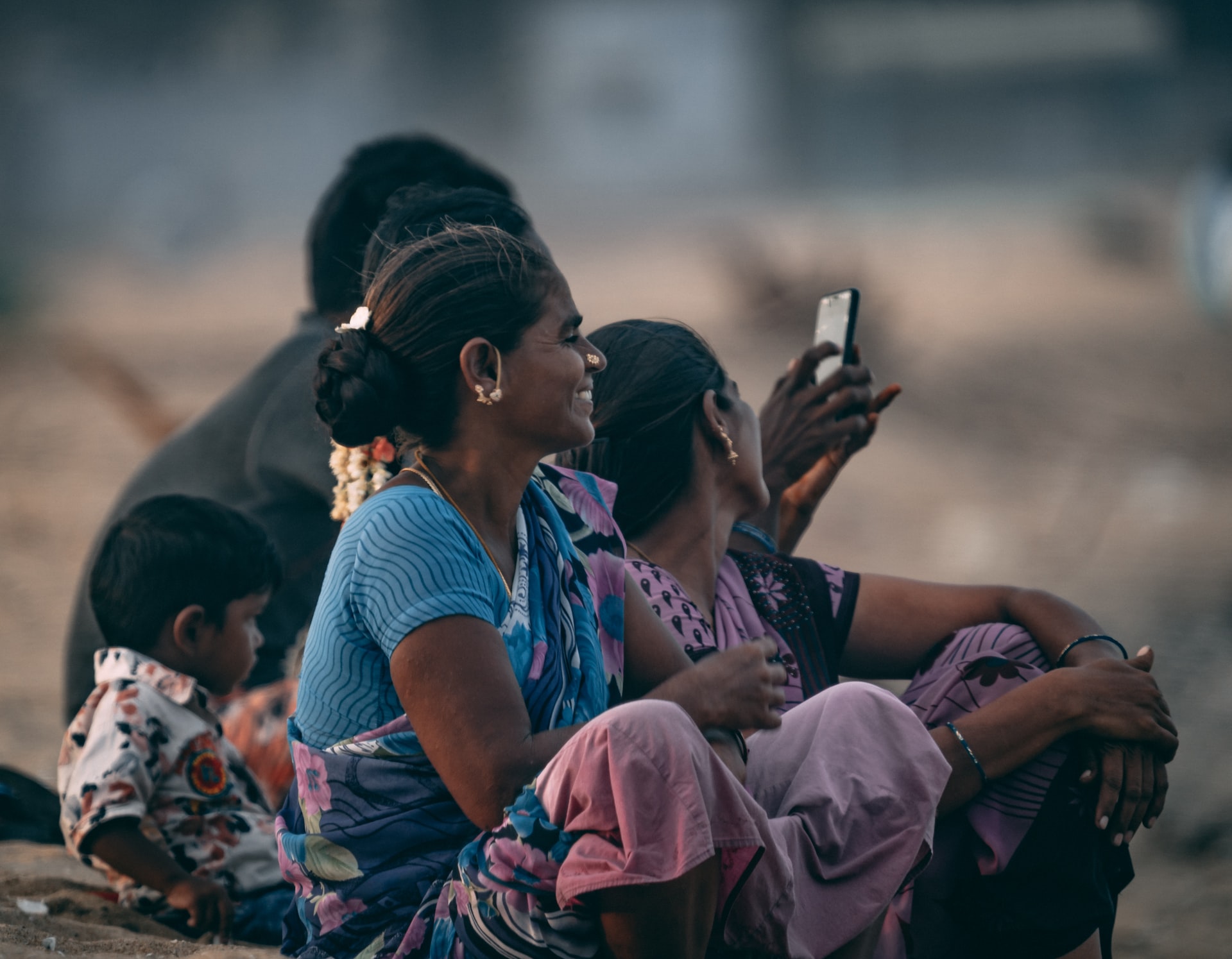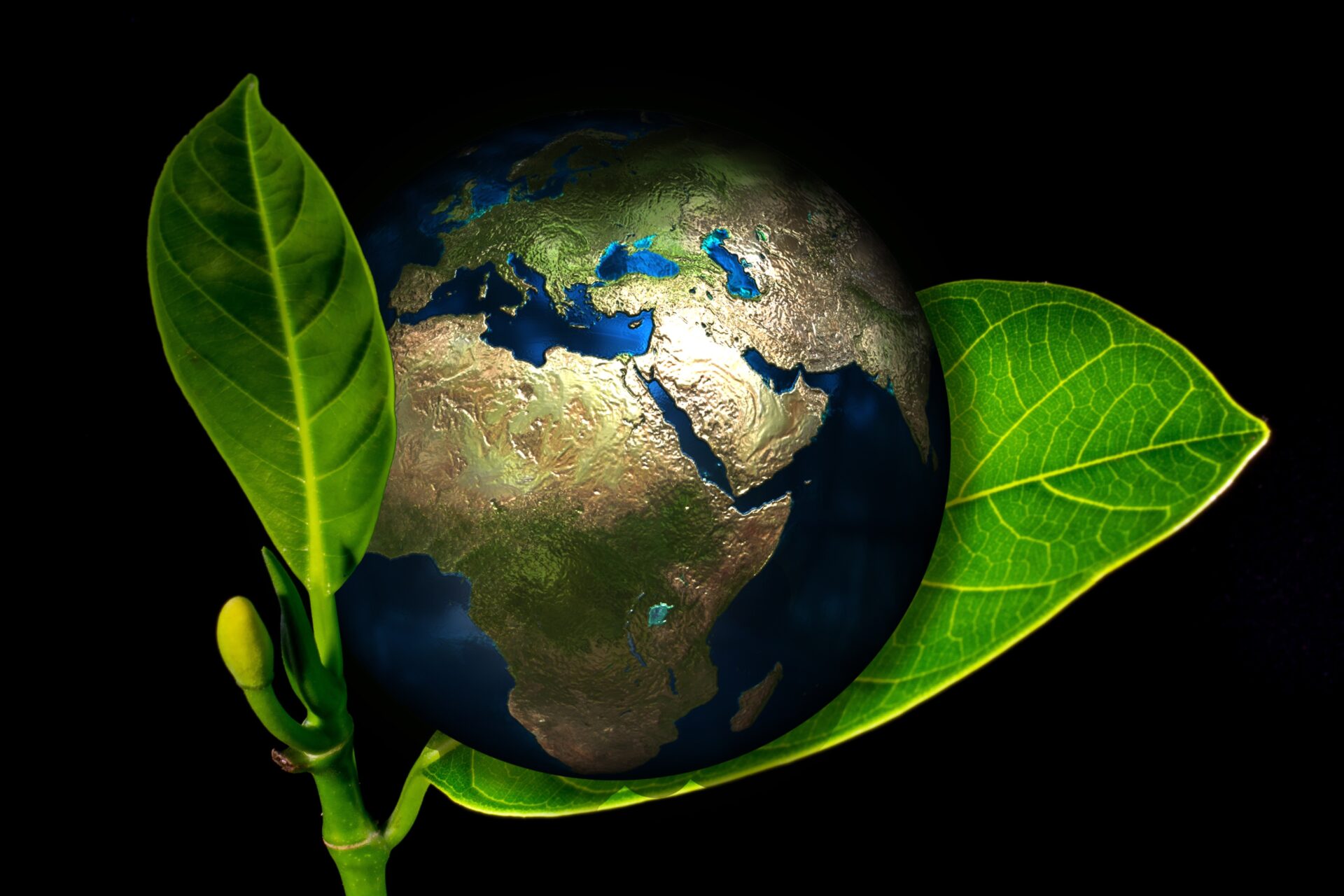Towards a Cashless Society
There has been a marked shift in transactions – from the barter system of yore, to using coins made of precious metals. This was followed by currency notes or what is commonly termed fiat currency. Its iterations include credit and debit cards, online banking and e-wallets. Traditional currency’s most recent avatar is cryptocurrency, a store of value that was invented less than two decades ago with plenty of real-world use cases.
In recent times—and especially after COVID-19’s onset—governments, business leaders and individuals have increasingly gravitated towards cashless payments. It was the beginning of a larger shift towards becoming cashless societies. Cash usage in 2020 declined among individuals of all ages. In the 65 and older demographic, the highest incidence of cash usage was recorded at 26 percent. The 55-64 demographic ranked second with 23 percent still preferring cash payments, while the least preference for cash transactions was observed among those aged 25-34.
Several Asian economies—with a strong middle class, digital banking, and a robust e-commerce segment—were aspiring to be cashless by 2022. However, COVID-19 has pushed many into poverty and is delaying national digital banking agendas in many developing markets. How will the poor and newly poor survive de-cashing? What support is needed for the left-behinds of our world?
Horasis is organizing the Horasis Asia Meeting on 26 November 2021 to deliberate on such issues. The one-day virtual event will see participation from a diverse range of people, spanning members of governments, businesses, academia, and the media. The goal is to collectively arrive at actionable solutions that can ensure shared prosperity.
What is a Cashless Society?
A cashless society is one that has moved past cash; it now stores and exchanges currency digitally. Digital fund transfer methods, such as e-wallets, and credit or debit cards are most commonly used. The majority of digital payment services are based on real money transactions that are tied to a traditional bank account. Meanwhile, the fast-growing adoption of cryptocurrencies adds a new dimension to the digital world. But a large population—especially in developing and emerging markets—remain unbanked or underbanked. Fintech is helping reach these people in remote areas and has successfully leapfrogged many to ensure financial inclusion.
Technical innovations, such as high smartphone penetration rates, real-time payments via mobile devices, an emergence of neobanks, wider e-commerce uptake, and favorable government policymaking have all contributed towards cashless societies. However, there is a sizeable demographic that has received the short end of the stick, on account of the pandemic’s effects.
Surviving the De-cashing
A cashless society could well prove to be an impediment for marginalized sections of society. It is imperative then to explore ways and means to secure a stronger future for them.
What is leading cashless adoption in the region is the fact that over 60 percent of the total global millennial population live in Asia. Of the 1.8 billion millennials worldwide, 1.1 billion are residents of Asia. This figure is equivalent to the combined populations of the US and Europe. The millennial subset is a significant contributor to Asia’s rising demand for cashless societies.
The less affluent sections of society, however, cannot be left to fend for themselves. The pandemic has already dealt a severe blow to the economic gains made over the last two decades. And it is now crucial to extend enablers that set them on a path to economic recovery, one that also helps sustain them over the longer term.
What Support is Needed?
South Asia has become a mobile-first region due to the emergence of low-cost smartphones. These ubiquitous devices are now viewed more as a necessity than as a luxury. Unlike in developed countries, a large share of South Asia’s population use smartphones and tablets as their primary tech device. The availability of less expensive offerings has ensured that more and more people are now smartphone users.
Coupled with relatively cheaper data plans, the smartphone has truly been a socio-economic enabler. Be it to communicate, entertain, work or make payments, the smartphone is helping many sections of society in multiple ways. Affordable smartphone offerings, with inexpensive data plans, could well be a strong enabler. It will allow the less affluent sections to open bank accounts with neo-banks and become a part of the formal economy.
A bank account is also a prerequisite to securing credit. With a large share of the region’s economy based on micro businesses, easy credit access is invaluable to business growth. Many such businesses remain stagnant since they are unable to reinvest funds towards expansion, stocking more inventory, or having any semblance of marketing. However, inroads being made by fintechs across Asia bodes well for the region.
India, in particular, has done well with its Aadhar and Unified Payments Interface offerings. These prompted a strong shift towards opening bank accounts. An added benefit has been the direct deposit of social security funds into people’s bank accounts. Digital payments are now widely accepted across the country, with even rural areas now offering payment modes using e-wallets.
De-cashing, therefore, can be accomplished without negatively impacting the already disadvantaged.
Photo Caption: The smartphone and innovation by fintechs bring with them the promise of financial inclusion in many developing economies.



